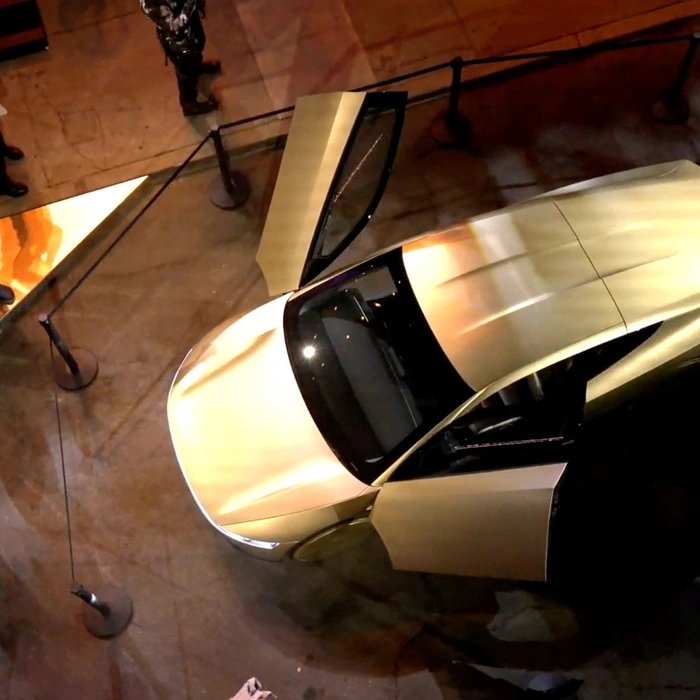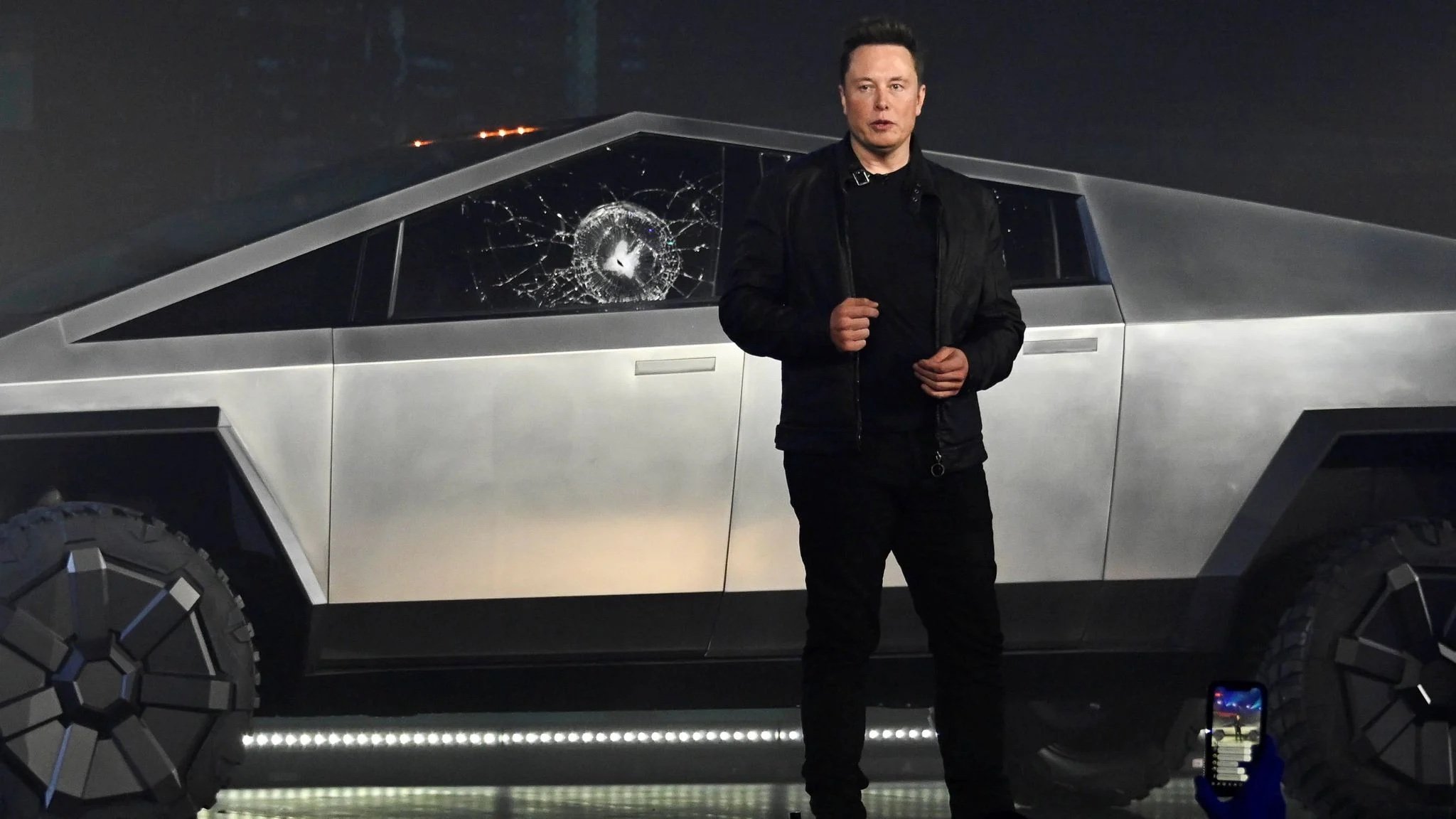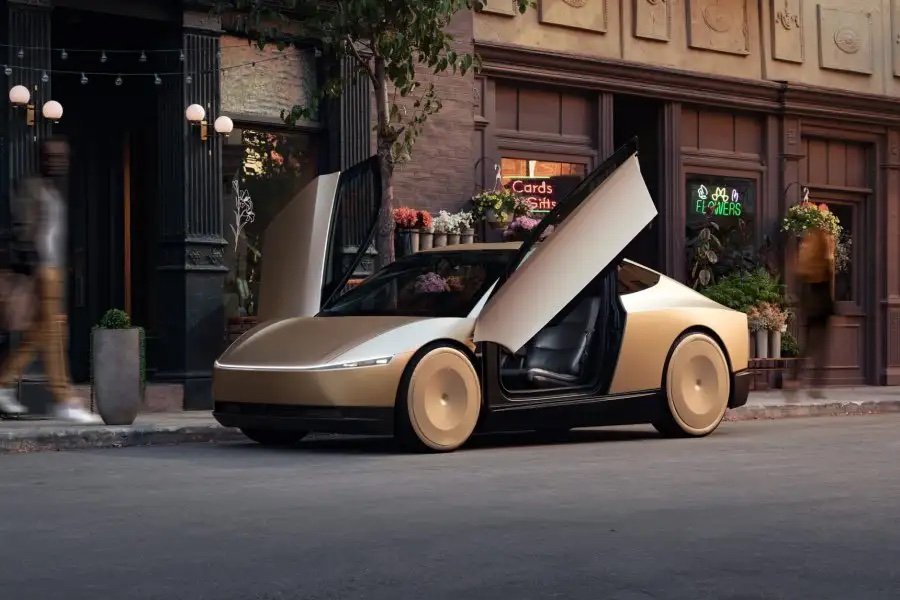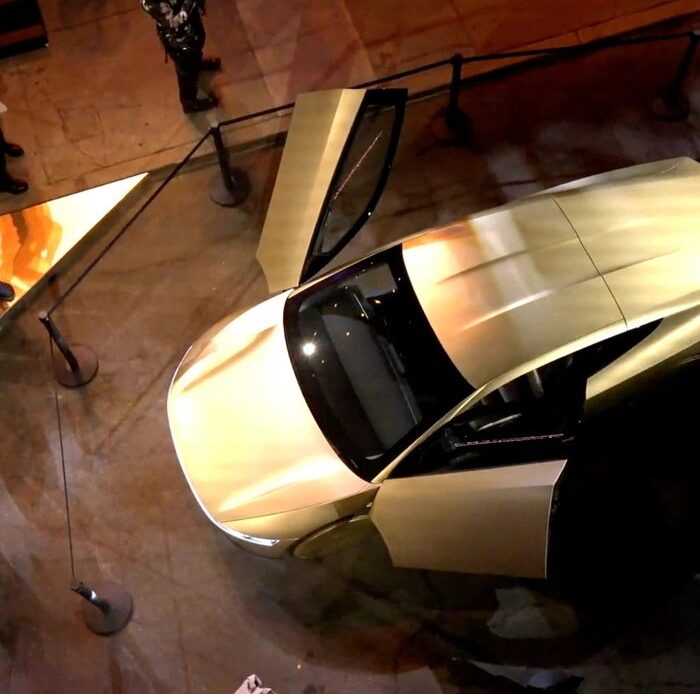Elon Musk has once again defied convention—and this time, he’s going all in. The billionaire entrepreneur and CEO of Tesla is making a daring move by placing the future of the electric vehicle company squarely on robotaxis, a concept that has long been teased but never fully realized. Despite the concerns raised by Tesla’s board of directors and industry analysts alike, Musk appears determined to let the robotaxi lead Tesla’s next chapter, regardless of the risks.
This bold strategy has raised eyebrows across the corporate and automotive landscapes, sparking debates over its feasibility, potential impact, and the underlying motivations of Musk himself.
### Betting It All on Autonomy

Tesla has long been at the forefront of autonomous vehicle development, and Elon Musk has made no secret of his ambition to create a fully self-driving car. Over the years, he has issued numerous statements predicting the arrival of autonomous Tesla vehicles, often with timelines that proved overly optimistic. Now, however, Musk seems more resolute than ever.
In recent internal discussions and public appearances, Musk has declared that Tesla’s entire future hinges on the success of robotaxis. “If robotaxis don’t work, Tesla doesn’t work,” he reportedly told investors in a closed-door meeting earlier this year. This audacious proclamation suggests a significant pivot from Tesla’s prior strategy focused on consumer electric vehicles like the Model 3, Model S, and Model Y.
### Board Pushback and Concerns
According to multiple reports from inside Tesla, members of the board have expressed reservations about the company’s heavy reliance on a yet-unproven robotaxi model. Their concerns range from technological limitations and regulatory hurdles to the economic implications of sidelining more conventional revenue streams.
Some board members fear that Musk’s obsession with autonomy could alienate customers, deter investors, and slow Tesla’s momentum in the competitive EV market. They’ve urged a more balanced approach—one that continues to innovate in autonomy while also nurturing Tesla’s existing vehicle business and energy division.
However, as has often been the case, Musk’s vision prevails. Known for his unconventional leadership style and often unilateral decisions, Musk seems intent on steering the company toward his autonomous dream, regardless of the warnings.
### The Tech Behind the Robotaxi Push

Tesla’s Full Self-Driving (FSD) software is at the heart of the robotaxi initiative. Despite the “beta” label, the software has been rolled out to thousands of users who provide real-world data to help refine the system. Tesla’s approach differs significantly from competitors like Waymo or Cruise, who rely heavily on LiDAR and detailed maps.
Musk has long criticized these approaches as “crutches,” insisting that Tesla’s vision-based system, powered by neural networks and AI, is the most scalable and realistic solution. In his view, FSD will eventually become so advanced that Tesla cars will be able to navigate any urban or rural setting without human intervention.
To support this vision, Tesla has been investing heavily in its Dojo supercomputer, designed to process vast amounts of visual data and train its AI models faster and more efficiently. The company is also expanding its team of AI engineers and robotics specialists to bring the robotaxi dream to life.
### A Dedicated Robotaxi Vehicle
Adding to the intensity of the pivot, Musk recently teased a new vehicle designed specifically for the robotaxi network. Unlike Tesla’s existing fleet, this model would have no steering wheel or pedals and would be optimized for fully autonomous operation. While details remain scarce, Musk has promised a formal reveal by the end of the year, with production tentatively scheduled for 2026.
The idea is that this vehicle will operate in Tesla’s envisioned “autonomous ride-hailing fleet,” where customers can summon a robotaxi via the Tesla app. Owners of compatible Tesla cars could also opt into the network, allowing their vehicles to earn income while they’re not in use—a concept Musk has previously called the “Tesla Network.”
### Financial Stakes and Market Reactions

Tesla’s robotaxi gamble comes at a time when the company’s growth has begun to plateau. Deliveries for existing models are no longer growing at breakneck speed, and competition in the EV space has intensified, especially from Chinese automakers and legacy brands making strong entries into electrification.
Musk’s robotaxi plan represents a potential path to renewed hypergrowth. Autonomous ride-hailing, if successful, could generate trillions in market value and fundamentally disrupt the transportation industry. Tesla’s current valuation—often criticized as being inflated—is largely predicated on future innovation, and the robotaxi is seen by many as the key that could unlock that value.
However, Wall Street has had mixed reactions. Some analysts have downgraded Tesla stock amid fears that over-reliance on robotaxis could backfire. Others remain bullish, betting that if any company and CEO can pull off such a high-stakes play, it’s Tesla and Musk.
### Legal and Regulatory Challenges
While the technological and financial aspects of Tesla’s robotaxi push are significant, the regulatory environment poses perhaps the greatest challenge. Autonomous vehicles must navigate a maze of federal, state, and local regulations. Approval processes vary wildly depending on jurisdiction, and many governments remain hesitant to fully embrace Level 4 or Level 5 autonomy.
Tesla has faced scrutiny from regulatory agencies in the U.S., Europe, and China for the language used in marketing its FSD software, as well as for safety incidents involving vehicles operating under Autopilot. Moving from assisted driving to full autonomy would likely require even more intense scrutiny and testing.
Still, Musk has never been one to let bureaucracy slow him down. His philosophy has often been to push the boundaries and deal with regulation later. Whether that approach will work in the complex landscape of autonomous driving remains to be seen.
### Risks of Abandoning Core Businesses

One of the most controversial elements of the robotaxi pivot is the implicit deprioritization of Tesla’s core vehicle business. Models like the Cybertruck, Model S, and Model X—once seen as flagships—are now taking a back seat to the robotaxi vision.
Critics argue that in a time when consumer demand for electric vehicles is still growing, abandoning or sidelining these products could be a strategic misstep. Tesla risks losing ground to competitors who continue to invest heavily in building diverse lineups and improving range, charging infrastructure, and price accessibility.
Moreover, Tesla’s energy products, including solar panels and battery storage solutions, have also reportedly received less focus as Musk diverts more attention and resources to FSD and autonomy.
### Internal Culture and Leadership Style
Elon Musk’s management style is famously intense. Known for sleeping on factory floors and demanding 100-hour workweeks from executives, he fosters a culture of urgency and ambition. That culture has produced incredible results—but also burnout, turnover, and controversy.
Recent reports indicate that not all Tesla employees are enthusiastic about the robotaxi direction. Some engineers and managers reportedly worry that the technology isn’t ready for mass deployment and that Musk is once again overpromising on timelines.
Nonetheless, Musk’s ability to inspire his workforce—and to create cult-like customer loyalty—remains one of Tesla’s strongest assets. The question is whether that charisma will be enough to carry the company through what could be its most perilous bet yet.
### A Visionary Move or a Reckless Gamble?
Elon Musk has never shied away from making big bets. From launching SpaceX in the face of bankruptcy to developing the Gigafactory when skeptics called it impossible, he has repeatedly proven his doubters wrong. However, the robotaxi wager may be his most ambitious—and riskiest—move to date.
If successful, Tesla could not only dominate the EV market but also redefine mobility itself. Autonomous taxis could slash transportation costs, reduce emissions, and transform urban planning. But failure could be devastating—not just financially, but reputationally.
Investors, regulators, customers, and even his own board are watching closely. The world is waiting to see whether Elon Musk’s gamble will usher in the future of transport or become a cautionary tale of unchecked ambition.
### Conclusion
Elon Musk is once again forcing the world to rethink what’s possible. His decision to bet Tesla’s future on robotaxis, despite internal and external opposition, showcases the very traits that have made him both a visionary and a polarizing figure. While the board urges caution and competitors hedge their bets, Musk is pushing forward with characteristic resolve.
Whether his latest gamble becomes a defining success or a dramatic failure, it will almost certainly reshape the conversation around autonomy, innovation, and the role of technology in everyday life. One thing is clear: Tesla’s journey into the future will be anything but conventional.
